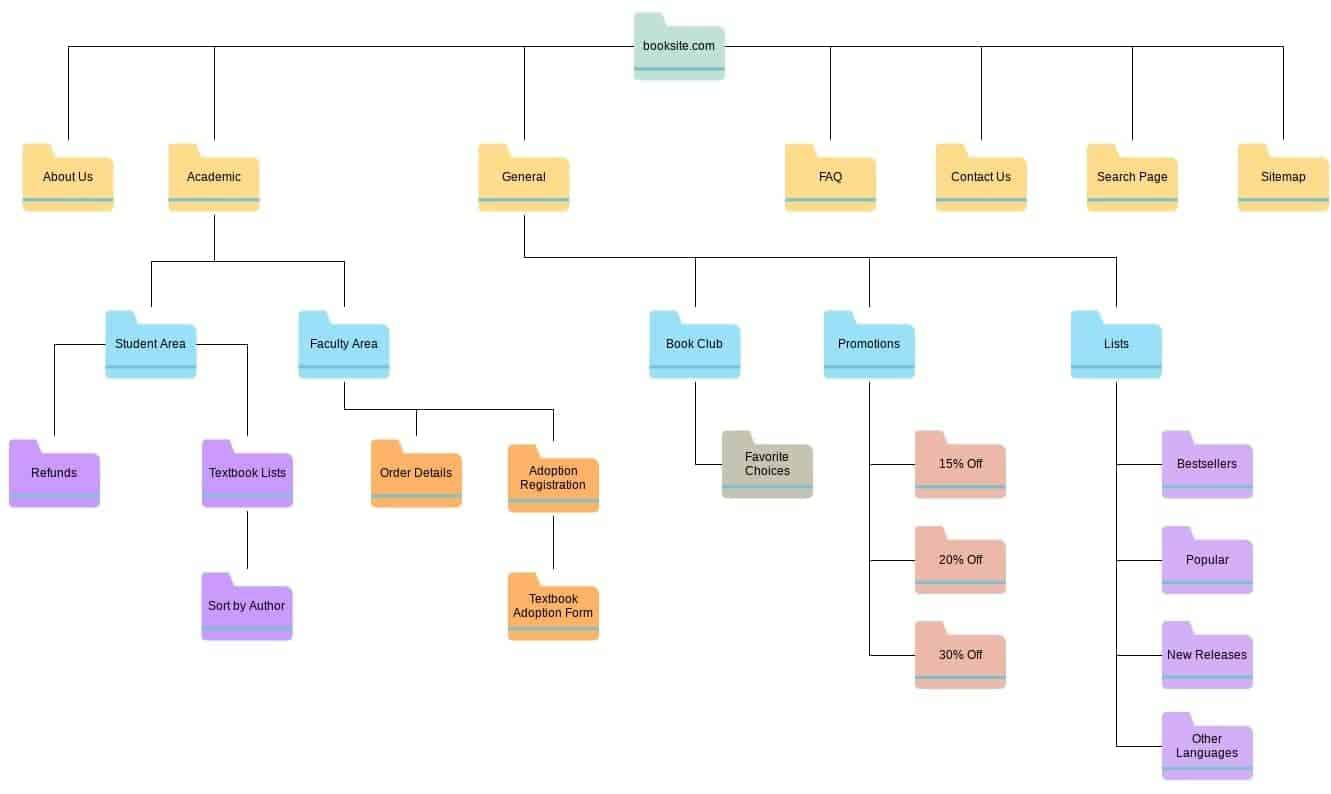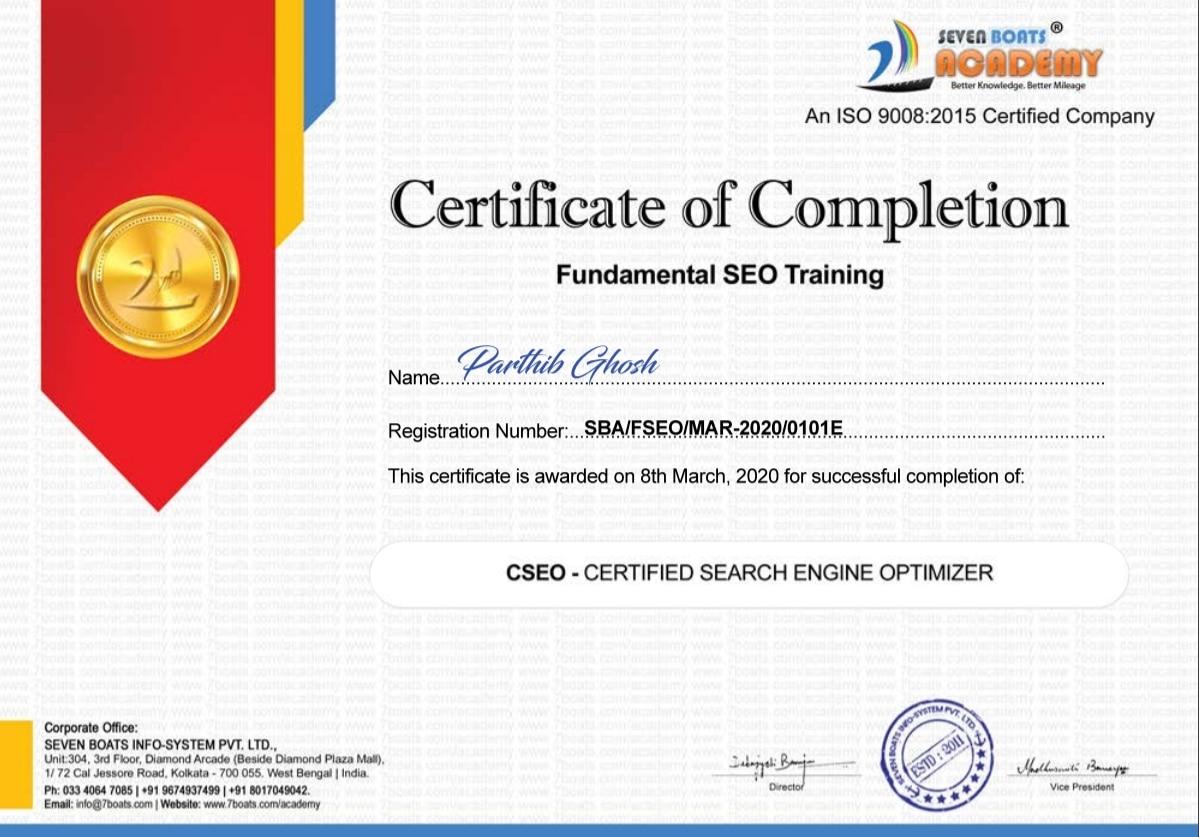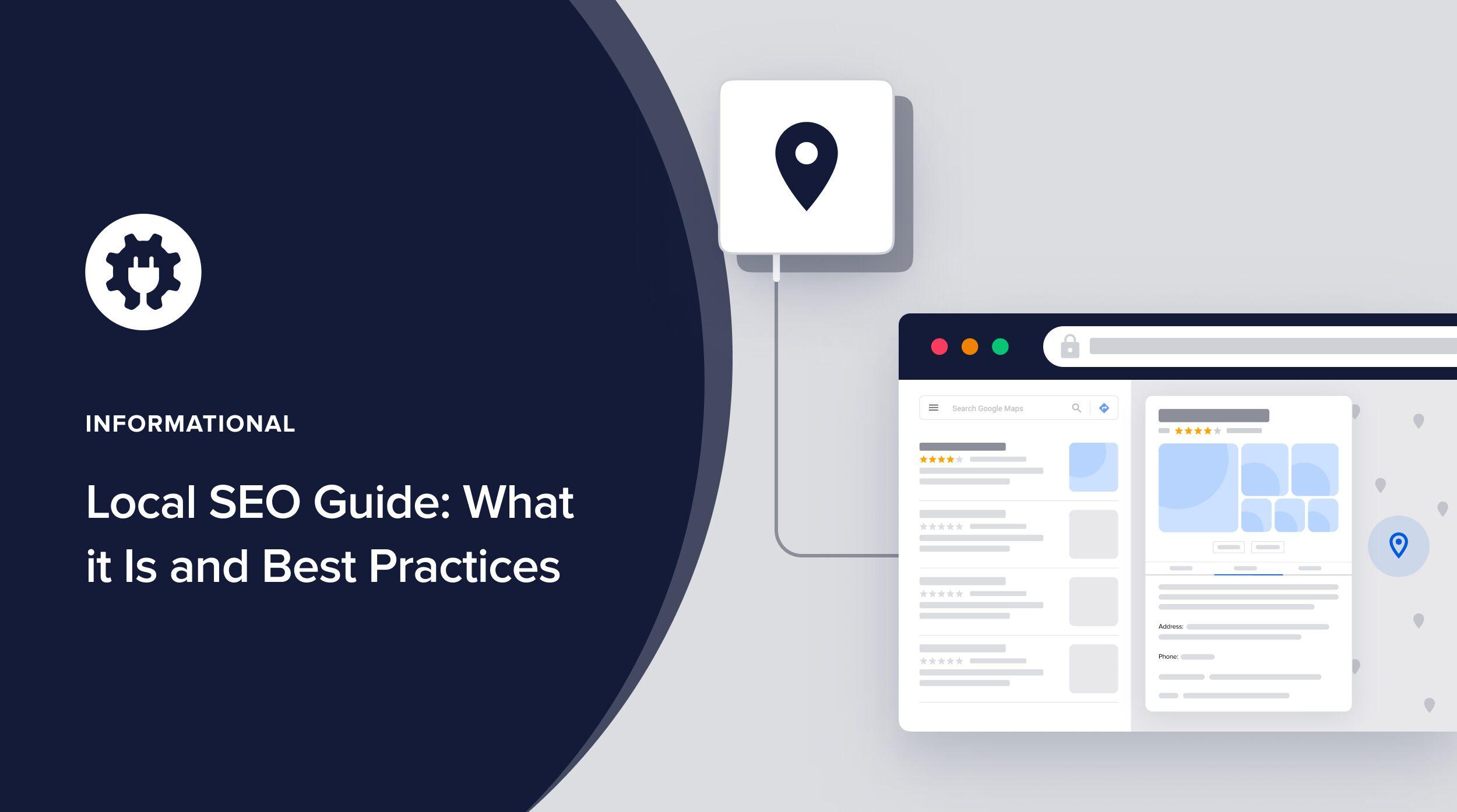how I Use Website Sitemaps as a 15-Year SEO Professional
Hey there! If you’re in the digital marketing world, you know that SEO can be a bit of a labyrinth. With algorithms constantly changing and new trends popping up every other week, it can feel overwhelming. But fear not! One of the most underappreciated tools in the SEO toolbox is the website sitemap. Yes, that simple file that outlines your site’s structure can be a game-changer when leveraged correctly.
As a seasoned SEO professional with 15 years of experience, I’ve seen firsthand how a well-structured sitemap can elevate your website’s performance and visibility in search engines. In this article, I’ll walk you through how I utilize sitemaps to enhance my SEO strategies, streamline content management, and ultimately drive more traffic to my clients’ sites. Whether you’re just starting out or you’re a seasoned pro looking to refine your approach, I promise you’ll find actionable insights that can take your SEO game to the next level. So, let’s dive in!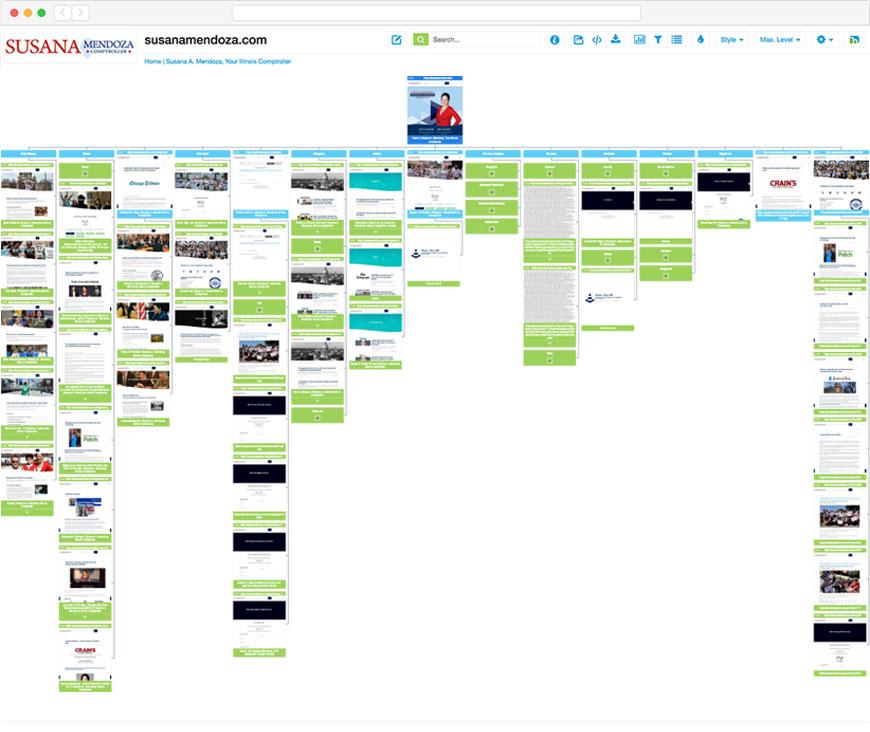
Understanding the Importance of Sitemaps in SEO Strategy
As an SEO professional with over 15 years of experience, I’ve seen firsthand how critical a well-structured sitemap is to a website’s performance. A sitemap acts as a roadmap for search engines, guiding them through the content of a website. This is especially valuable for sites with complex navigation or those that frequently update their content. by providing search engines with a clear outline of your pages,you considerably enhance their ability to crawl and index your site efficiently.
Here are some key benefits of incorporating sitemaps into your SEO strategy:
- Improved Crawling: Sitemaps help search engines discover new pages and understand your site’s structure, which can lead to better indexing.
- Priority Setting: You can specify which pages are more significant, helping search engines prioritize their crawling efforts on high-value content.
- Freshness Updates: Regularly updated sitemaps inform search engines about new content, ensuring that your site is always current in search results.
- Enhanced Visibility: A well-maintained sitemap can definitely help prevent orphan pages from being overlooked, giving all your valuable content a chance to shine.
When creating a sitemap, it’s essential to consider the format and structure. XML sitemaps are the most common and offer the best compatibility with search engines. They should be kept clean and concise, focusing on the most important URLs. Additionally, incorporating metadata for each URL, such as the last modified date and priority, can further assist search engines in their crawling tasks.
To illustrate the impact of sitemaps on SEO, consider the following table showcasing the differences between sites with and without sitemaps:
| Feature | With Sitemap | Without Sitemap |
|---|---|---|
| Crawl efficiency | High | Low |
| Indexing Speed | Fast | Slow |
| Content Visibility | Enhanced | Limited |
| Search Ranking Potential | Higher | Lower |
integrating sitemaps into your SEO strategy is not just beneficial but essential. They streamline the crawling process, enhance visibility, and ultimately contribute to better search engine rankings. As someone who has navigated the ever-evolving landscape of SEO, I can confidently say that neglecting this vital tool is a missed opportunity for any website owner. Invest the time in creating and maintaining a robust sitemap, and watch how it positively transforms your site’s performance.
How I Create Effective XML sitemaps for Better Crawling
Creating an effective XML sitemap is not just about listing URLs; it’s about crafting a roadmap for search engines that enhances your site’s visibility and crawling efficiency. Over my 15 years in the SEO industry, I’ve honed a few key strategies that ensure my sitemaps are not only compliant but also effective in driving traffic.
Understanding the Structure
First and foremost, it’s crucial to understand the structure of an XML sitemap. A well-structured sitemap includes:
- URL Entries: Each entry should represent a unique page on your site.
- Priorities: Assign a priority value between 0.0 and 1.0 to indicate the importance of each page.
- Last Modified Dates: Provide the last modified date for each URL to inform search engines about the freshness of your content.
Utilizing Tools for Optimization
To streamline the creation process, I leverage various tools and plugins that can automate sitemap generation. For WordPress users, plugins like Yoast SEO or Google XML Sitemaps are excellent choices. These tools not only create your sitemap but also ensure it meets all best practices, such as:
- Automatically updating the sitemap when new content is published.
- Excluding low-value pages,like admin logs or outdated content.
- Generating sitemaps that conform to the latest search engine guidelines.
Regular Review and Updates
Another critically important aspect is the regular review and update of your sitemap. As your website evolves, so should your sitemap. Here’s how I maintain an effective sitemap:
| Frequency | Task |
|---|---|
| Monthly | Check for broken links and remove them from the sitemap. |
| Quarterly | Review the performance of high-priority pages and adjust their positions if necessary. |
| Bi-Annually | Refresh content and add new relevant pages. |
By following these strategies, I ensure that my XML sitemaps not only fulfill their primary function of guiding search engines but also contribute to improved user experience and higher search rankings. Remember, an effective sitemap is an investment in your website’s SEO health!
Leveraging HTML Sitemaps to Enhance User Experience
When diving into the world of website optimization, one often overlooks the power of HTML sitemaps. These simple yet effective tools serve as a guide for both users and search engines, enhancing navigation and accessibility. By incorporating an HTML sitemap into your website, you not only improve user experience but also potentially boost your SEO efforts.
Here’s how an HTML sitemap can elevate user experience:
- Improved Navigation: Users can easily find what they’re looking for without sifting through complex menus. An HTML sitemap lays out all available pages in a clear, structured format.
- Time-Saving: Rather of searching through various sections, visitors can quickly jump to their desired content, reducing frustration and increasing the likelihood of conversion.
- Accessibility: An HTML sitemap ensures that all pages are discoverable, aiding users with disabilities who may rely on screen readers to navigate your site.
Additionally, the presence of an HTML sitemap can serve as a valuable SEO asset. Search engines appreciate a well-structured sitemap because it helps them understand the hierarchy of your content. This can lead to better indexing of your pages, which is crucial for visibility in search results.
Below is a simple example of how you can structure your HTML sitemap:
| Page Name | URL |
|---|---|
| Home | https://www.example.com |
| About Us | https://www.example.com/about |
| Services | https://www.example.com/services |
| Contact | https://www.example.com/contact |
Remember,the key to a prosperous HTML sitemap is keeping it updated. Regularly review your sitemap to ensure that it reflects any changes to your website content. This commitment not only aids users but also reinforces your site’s integrity in the eyes of search engines.
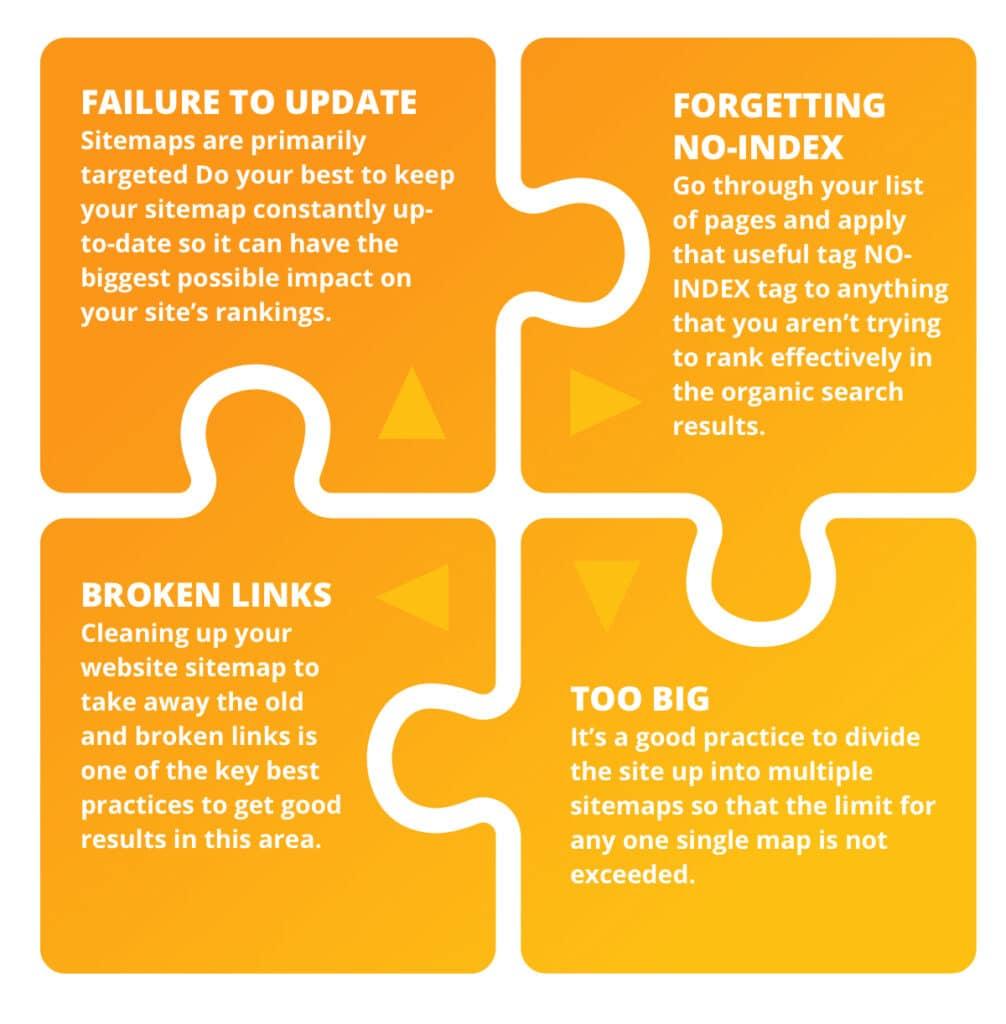
Common Sitemap Mistakes and How to Avoid them
When it comes to optimizing your website’s visibility, a sitemap is a vital tool.However, many SEO professionals and website owners fall into common pitfalls that can hinder their efforts. Here are some mistakes to watch out for:
- Neglecting to Update the Sitemap: A sitemap should be a living document that reflects the current structure of your website.Failing to update it after significant changes can lead to broken links and poor user experience.
- Overloading the Sitemap: Including every single page in your sitemap can dilute its effectiveness. focus on your most critically important pages to ensure search engines prioritize them.
- Ignoring Priority and Change frequency Tags: Not utilizing these tags can result in search engines undervaluing your content’s importance and freshness. Use relevant priority values to guide crawlers.
Here’s a speedy table summarizing the key elements of an effective sitemap:
| Element | Best Practice |
|---|---|
| Update Frequency | Monthly or after major content updates |
| page Selection | Prioritize high-value content |
| File Size | Keep under 50,000 URLs per sitemap |
additionally, proper formatting and submission of your sitemap to search engines can’t be overlooked. Many forget to submit their sitemap via Google Search Console or Bing Webmaster Tools, which limits its visibility. Always double-check that your sitemap URL is correctly submitted and accessible. Another common mistake is not using XML format. While HTML sitemaps are useful for users, XML sitemaps are crucial for search engines.
By avoiding these common mistakes, you will not only enhance your website’s SEO performance but also improve the user experience. A well-structured sitemap is a roadmap for both visitors and search engine crawlers, guiding them effectively through your content.
Using Sitemaps to Identify Content Gaps and Opportunities
In the ever-evolving landscape of SEO, staying ahead of the competition requires a keen eye on the details. One of the most powerful tools I’ve come to rely on is the sitemap. By analyzing sitemaps, I can uncover content gaps and identify potential opportunities that might or else go unnoticed. This process not only enhances my clients’ websites but also boosts their overall visibility in search results.
First and foremost,sitemaps provide a complete overview of all the pages on a website. When I dive into this treasure trove of facts, I often look for underrepresented topics. By cross-referencing the sitemap with keyword research, I can pinpoint areas where content is lacking or where existing content may not be optimized for relevant search terms. This approach ensures that we not only fill in the gaps but also align our content strategy with user intent.
Additionally, a thorough examination of sitemaps can reveal duplicate content issues. When several pages target the same keywords, it can dilute authority and confuse search engines. By identifying these duplicates, I can recommend consolidating content or creating new, unique pages that serve distinct user needs. This not only improves SEO performance but also enhances the user experience by providing clearer pathways to valuable information.
Moreover, by regularly reviewing sitemaps, I can track the changes in website architecture over time.This vigilance allows me to spot broken links or removed pages that may negatively impact SEO. As an example, if a high-ranking page has been deleted or moved without a proper redirect, it can lead to lost traffic and diminished authority. Addressing these issues swiftly is crucial for maintaining optimal website performance.
| Content Gap Type | Action Plan |
|---|---|
| Underrepresented Topics | Create new content targeting these keywords. |
| Duplicate Content | Consolidate or differentiate pages. |
| Broken Links | Implement 301 redirects or restore pages. |
Lastly, leveraging sitemaps allows me to align content with current industry trends. By comparing the sitemap with trending topics in my niche, I can strategize new content that positions my clients as thought leaders. This proactive approach not only fills existing gaps but also anticipates emerging needs, ensuring that the content remains relevant and engaging.

Integrating Sitemaps with Other SEO Tools for Maximum Impact
Integrating sitemaps with other SEO tools can significantly amplify your website’s performance and visibility in search engine results. By leveraging various tools and methodologies, you can optimize your sitemaps and ensure that they are not just a list of links, but a dynamic asset in your overall SEO strategy.
To start, consider using Google search Console.This powerful tool allows you to submit your sitemap directly to Google, ensuring that it is indexed quickly and efficiently.Regularly checking for any crawl errors or issues reported in the console can help you maintain the integrity of your sitemap and catch potential problems before they escalate.Additionally, the insights provided can inform your content strategy by highlighting which pages are performing well and which need attention.
Another essential tool to integrate with your sitemaps is a robust analytics platform. Using tools like Google Analytics can definitely help you understand user behavior on your site. By analyzing the traffic coming from various pages listed in your sitemap, you can identify which content drives engagement and conversions. This data can guide your future content creation efforts and help you refine your sitemap accordingly.
Consider pairing your sitemaps with a reliable keyword research tool. By identifying keywords that resonate with your audience, you can optimize the content on the pages included in your sitemap, enhancing their relevance. Using this approach, you can create targeted content that not only fits within your sitemap but also attracts organic traffic from search engines.
Here’s a simple table to illustrate the integration of sitemaps with various SEO tools:
| SEO Tool | Integration Benefit |
|---|---|
| Google Search Console | Submit sitemaps and monitor crawl issues |
| Google Analytics | Track user behavior and page performance |
| Keyword Research Tool | Optimize content for relevant keywords |
| SEO Audit Tools | Identify optimization opportunities |
Lastly, don’t overlook the importance of schema markup. Implementing structured data can enhance your sitemap’s effectiveness by providing search engines with additional context about your content.This can lead to rich snippets that improve click-through rates and overall visibility. When combined with a well-structured sitemap, schema markup can elevate your SEO efforts to new heights.
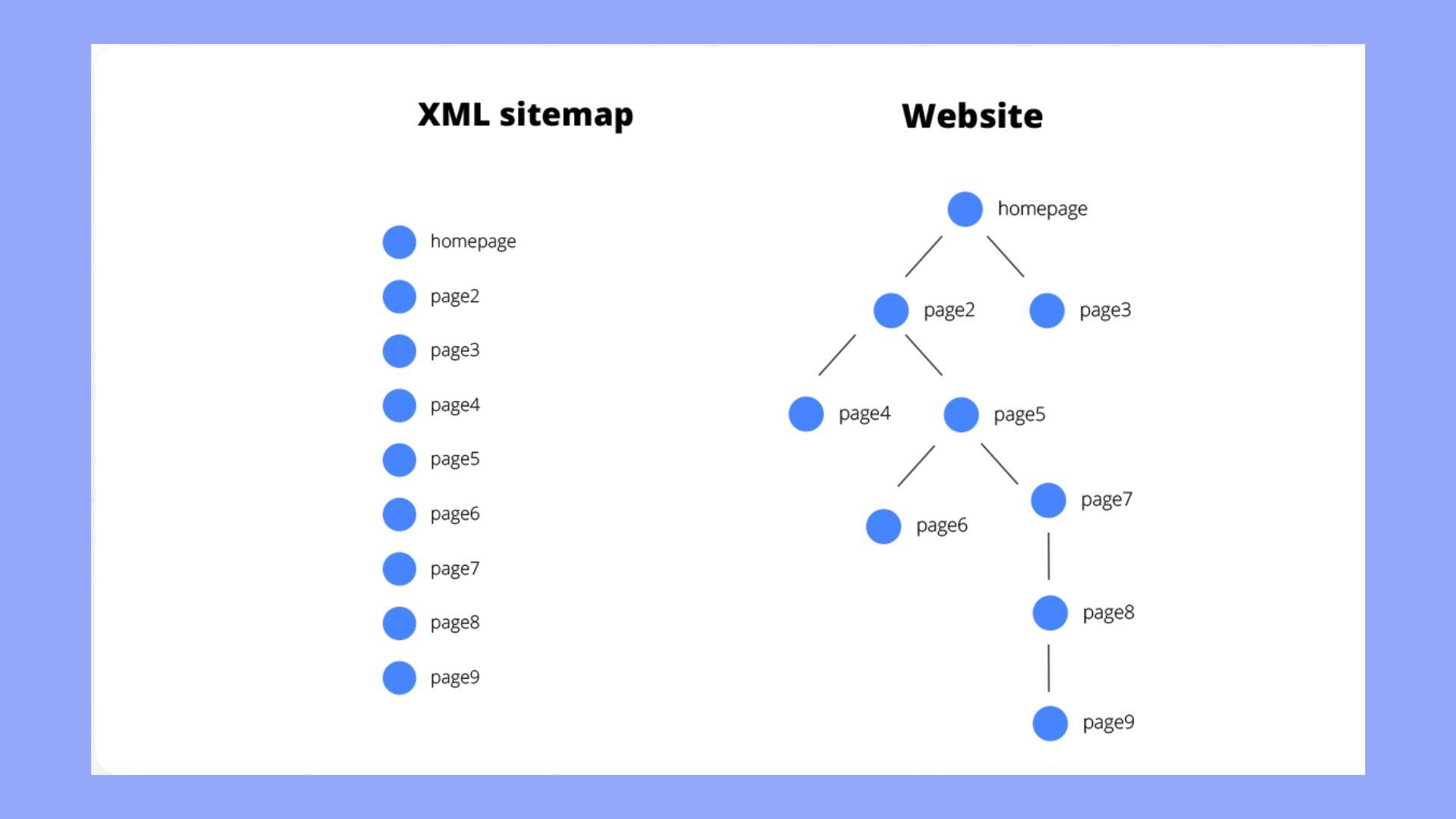
The Role of Sitemaps in Mobile and Voice Search optimization
Sitemaps are an essential component in the intricate web of SEO strategies, especially when it comes to optimizing for mobile and voice search. They serve as a roadmap for search engines, enabling them to navigate your website efficiently, and this becomes particularly crucial in the context of mobile optimization. With the rising number of users accessing the internet via mobile devices, ensuring that search engines can easily crawl and understand your site’s structure is paramount.
When it comes to voice search, user intent plays a significant role. Many voice searches are phrased as questions,and having a well-structured sitemap can guide search engines to the most relevant content. This enhances the chances of your site being featured in voice search results, such as Google Assistant or Siri. Here are a few ways sitemaps contribute to mobile and voice search optimization:
- Improved Crawlability: Sitemaps help search engines find your content quicker, which is crucial for mobile users who expect fast results.
- Structured Data Markup: Integrating structured data in your sitemap can enhance your visibility in rich snippets, which are increasingly critical for voice search results.
- Prioritization of Mobile Pages: You can specify which pages are mobile-kind, making it easier for search engines to prioritize these in mobile search results.
Moreover,a well-organized sitemap can directly impact your site’s load speed,which is a critical factor for mobile user experience. Search engines like Google favor sites that load quickly, and a sitemap can definitely help by streamlining how content is fetched during a search query. This efficiency can lead to higher rankings and better visibility in mobile searches.
To further illustrate the importance of sitemaps in optimizing for mobile and voice searches, let’s take a look at a simple table that outlines key sitemap elements and their benefits:
| Element | Benefit |
|---|---|
| XML Sitemaps | Directs search engines to important content |
| HTML Sitemaps | Enhances user navigation on mobile |
| Mobile Sitemaps | Specifies content optimized for mobile devices |
| Image Sitemaps | Increases visibility of visual content |
leveraging sitemaps effectively can significantly enhance your website’s performance in mobile and voice search. By ensuring that search engines can easily access and prioritize your content, you’re not only improving your SEO strategy but also enhancing user experience, which is ultimately what every website aims to achieve.

Keeping Your Sitemap Updated: Best Practices You Should Follow
Maintaining an up-to-date sitemap is crucial for optimizing your website’s visibility and ensuring that search engines can effectively crawl and index your content. As an SEO professional with over 15 years of experience, I’ve learned that a well-structured sitemap can significantly enhance your site’s performance and improve its ranking on search engine result pages.Here are some best practices I follow to keep my sitemaps fresh and efficient.
Regular Updates: It’s essential to update your sitemap consistently, especially after adding new content or making significant changes to your website. I recommend setting a schedule—perhaps monthly or quarterly—to review and refresh your sitemap. This practice not only helps search engines discover new pages but also signals to them that your site is actively maintained.
- use XML Format: XML sitemaps are preferred by search engines, as they provide a clear structure that allows for easier crawling.
- Prioritize Important Pages: Make sure that your most valuable pages are listed first in the sitemap. This prioritization can give search engines a clue about the significance of your content.
- Limit the Number of URLs: If your site has a large number of pages,consider breaking them into multiple sitemaps to avoid exceeding the limit of 50,000 URLs per sitemap.
Monitor Performance: Utilize tools like Google Search Console to monitor the performance of your sitemap. Keeping an eye on any indexing issues or errors can help you proactively address potential problems, ensuring that your site remains visible to search engines.
Utilize Dynamic Sitemaps: If your site content changes frequently, consider implementing dynamic sitemaps that automatically update whenever new content is published. This approach not only saves time but also ensures that your sitemap remains current with minimal effort.
staying on top of your sitemap is a game-changer in the SEO world. By implementing these best practices, you can enhance your website’s crawlability, improve user experience, and ultimately drive more organic traffic to your site. Consistency is key, and with the right approach, you’ll see the positive impact on your overall SEO strategy.
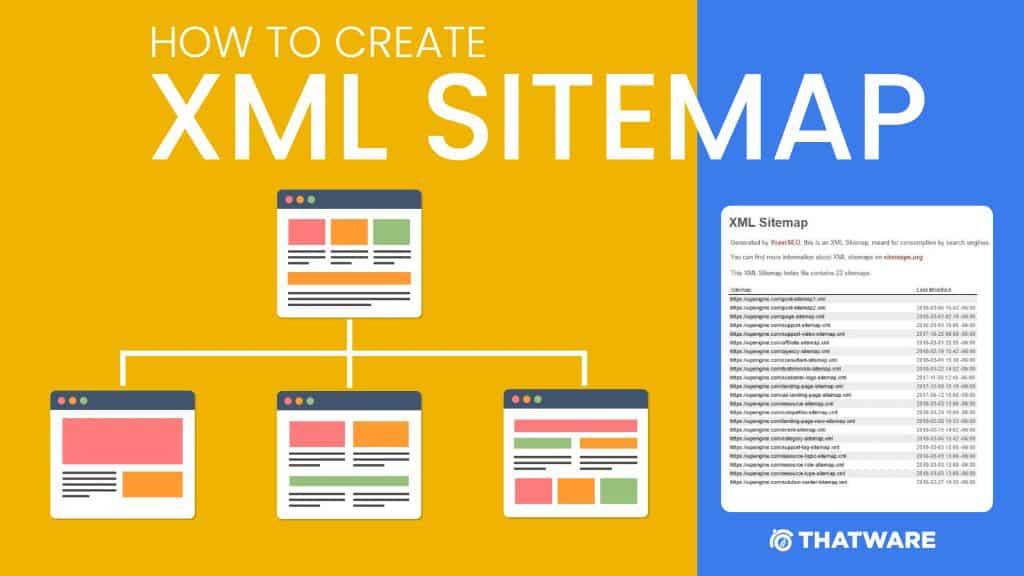
Analyzing Sitemap Performance: Metrics That Matter
When it comes to evaluating the effectiveness of your sitemap, several key metrics can provide valuable insights into its performance. Understanding these metrics not only helps in optimizing your website for search engines but also enhances the user experience.
- Crawl Errors: Monitoring crawl errors can highlight issues that prevent search engines from accessing your content. Regularly check tools like Google Search Console for any reported issues.
- Index Coverage: This metric shows how many of your URLs are indexed by search engines. A higher index coverage indicates that your sitemap is effectively guiding crawlers.
- Page Load Time: The speed at which pages load can significantly impact user experience and SEO rankings. Ensure your sitemap leads to well-optimized,fast-loading pages.
- Click-Through Rate (CTR): analyze how many users are clicking on links within your sitemap. A low CTR may suggest that your titles or descriptions need advancement.
Additionally, you can leverage the following metrics to deepen your analysis:
| Metric | Description | Importance |
|---|---|---|
| Freshness | How often content is updated in the sitemap. | Ensures search engines are aware of your latest content. |
| XML vs. HTML Sitemaps | Comparison of sitemap types used. | Helps identify if you’re catering to both users and search engines. |
| Link Depth | distance of pages from the homepage. | Indicates how easily users can navigate to content. |
By regularly monitoring these metrics, you can make informed decisions about updating or restructuring your sitemap. this proactive approach not only improves search engine rankings but also enhances how visitors interact with your site. Remember, a well-optimized sitemap is a roadmap—not just for search engines, but for your audience as well.
Ultimately, the goal is to create an efficient pathway for users and search engine crawlers alike. Investing time in analyzing these metrics can lead to improved visibility, higher traffic, and a better overall experience for your audience. Embrace this analysis as a vital part of your SEO strategy, and watch your website flourish.
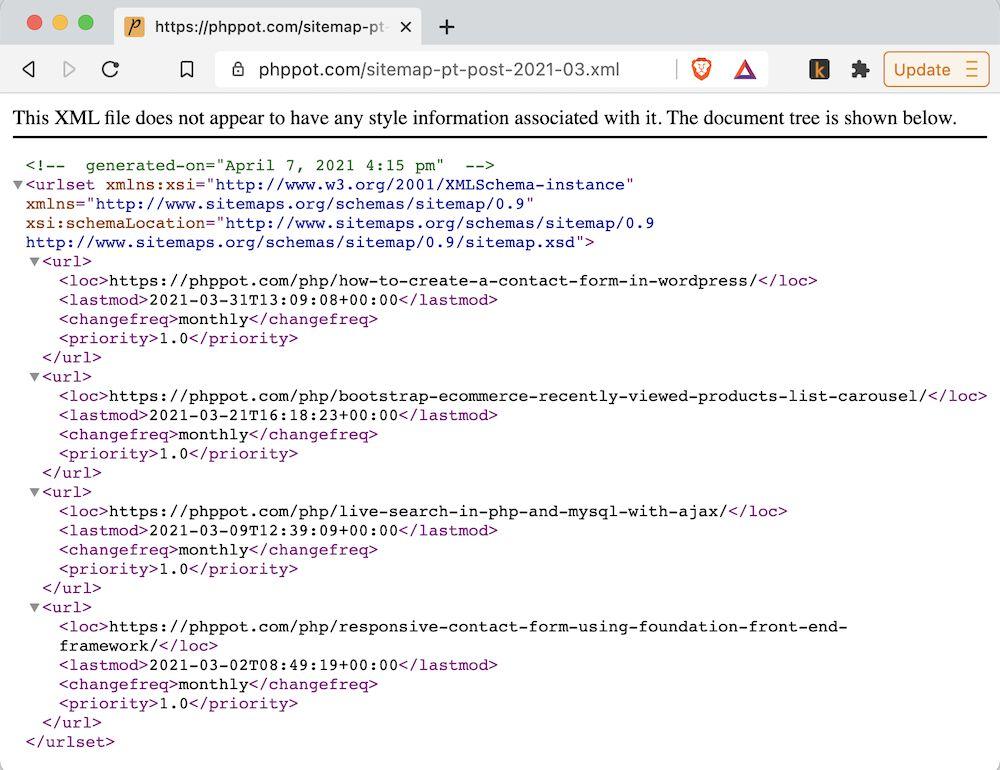
Future-Proofing Your SEO with Dynamic Sitemaps
In the rapidly evolving landscape of SEO, conventional static sitemaps are becoming a thing of the past. Embracing dynamic sitemaps is not just a trend; it’s a necessity for anyone serious about maintaining and boosting their search engine rankings. A dynamic sitemap automatically updates as your website changes, ensuring that search engines always have the most accurate portrayal of your site’s structure and content.
Here are some compelling reasons to adopt dynamic sitemaps:
- Real-Time Updates: As you add, modify, or delete content, a dynamic sitemap reflects these changes instantly, making it easier for search engines to index your site.
- Improved Crawl Efficiency: With a constantly updated sitemap, search engines can prioritize crawling your most important pages first, which can lead to faster indexing.
- Enhanced User Experience: Keeping your sitemap updated not only helps search engines but also improves navigation for users who may use it as a reference.
Moreover,incorporating dynamic sitemaps into your SEO strategy can lead to significant performance improvements. Consider the following aspects:
| Aspect | Impact |
|---|---|
| Indexing Speed | faster visibility on search engines |
| Content Revelation | More pages indexed quickly |
| Maintenance Effort | Reduced manual updates |
As you strategize for the future, consider integrating dynamic sitemap generation tools available in various CMS platforms. These tools can automate the creation and management of your sitemaps, letting you focus more on content creation and less on technical minutiae. The convenience of dynamic sitemaps allows for scalability; whether you run a small blog or a large eCommerce site, they adapt as your business grows.
future-proofing your SEO efforts with dynamic sitemaps can significantly enhance your site’s performance, ensuring you stay ahead of the competition. By investing in this flexible approach, you not only streamline search engine crawls but also create a more robust framework for your website’s growth.
Frequently asked Questions (FAQ)
Q&A: How I Use Website Sitemaps as a 15-Year SEO Professional
Q: What exactly is a website sitemap, and why should I care about it?
A: Great question! A website sitemap is essentially a blueprint of your site that helps search engines like Google understand its structure. It lists all the critically important pages on your site, making it easier for crawlers to find and index your content. If you want your website to rank well, a sitemap is essential because it ensures that search engines can easily navigate your site and discover what you have to offer.
Q: I’ve heard of XML sitemaps. are they different from HTML sitemaps?
A: Yes,they are! An XML sitemap is designed specifically for search engines.It helps them understand your site’s structure and priority of pages. Conversely,an HTML sitemap is meant for human visitors,providing them an easy way to navigate your site. While both serve different purposes,I recommend having both to maximize your SEO efforts.
Q: How do sitemaps contribute to better SEO performance?
A: Think of sitemaps as a guided tour for search engines.They tell search engines which pages are the most critically important, how frequently enough they’re updated, and when they were last modified. This information can lead to better indexing and faster updates in search results. Plus, when you have a well-organized sitemap, it reduces the chances of search engines missing critically important content on your site.
Q: Can you share any specific strategies for optimizing sitemaps?
A: Absolutely! Here are a few quick strategies:
- Keep it updated: Regularly update your sitemap whenever you add or remove pages.
- Limit the number of URLs: Aim for around 50,000 URLs per sitemap.If you have more, consider creating multiple sitemaps.
- Prioritize content: Use the priority tags wisely to indicate the importance of specific pages.
- Submit to Search Console: Don’t forget to submit your sitemap to Google Search Console. This is like giving your sitemap a VIP pass!
Q: How often should I check or update my sitemap?
A: I recommend reviewing your sitemap at least once a month, especially if you frequently add new content or make changes to your site. Keeping it up-to-date ensures search engines always have the latest information about your pages. If you’re running an e-commerce site or a blog with regular updates, consider checking your sitemap weekly.
Q: What tools do you use for creating and managing sitemaps?
A: there are several great tools out there! I frequently enough use plugins like Yoast SEO for WordPress sites; it automatically generates an XML sitemap for you. For non-WordPress sites, tools like Screaming Frog or XML-sitemaps.com are fantastic options. These tools not only create sitemaps but also help you identify any SEO issues on your site.
Q: Any final tips for someone just starting out with sitemaps?
A: Absolutely! Start simple. Ensure you have a clear structure for your website and create a basic XML sitemap. don’t overcomplicate things—focus on quality content and institution first. As you grow and learn more about SEO, you can refine your sitemap strategy. Remember,a well-optimized sitemap is a game-changer for your visibility in search engines!
Q: How can sitemaps impact user experience?
A: An often-overlooked benefit of sitemaps is that they can enhance user experience. By having a clear and easy-to-navigate HTML sitemap, visitors can find what they’re looking for faster, reducing bounce rates and increasing engagement. When users have a better experience on your site,it can lead to higher rankings and more conversions!
Conclusion:
Sitemaps may seem like a small piece of the SEO puzzle,but they are incredibly powerful tools when used correctly. as a 15-year SEO professional, I can assure you that investing time in creating and optimizing your sitemaps is worth every second. They not only help search engines but also improve the overall experience for your visitors. So why wait? Start leveraging sitemaps today!
Closing Remarks
as a seasoned SEO professional with 15 years under my belt, I can confidently say that website sitemaps are not just a technical detail—they’re a powerful tool in your SEO arsenal. By creating a clear roadmap for search engines, you’re not only enhancing visibility but also guiding your audience to the content they crave.
Think of your sitemap as a GPS for your website; it directs search engines, helps improve indexing, and ultimately drives more organic traffic. Whether you’re just starting out or you’ve been in the game for years, taking the time to implement and regularly update your sitemaps can yield significant results.
So, why not take a moment today to review your own sitemaps? Are they optimized? Are they up-to-date? If you haven’t yet embraced the power of sitemaps, now is the perfect time to dive in.Your website—and your visitors—will thank you for it. Happy optimizing!

